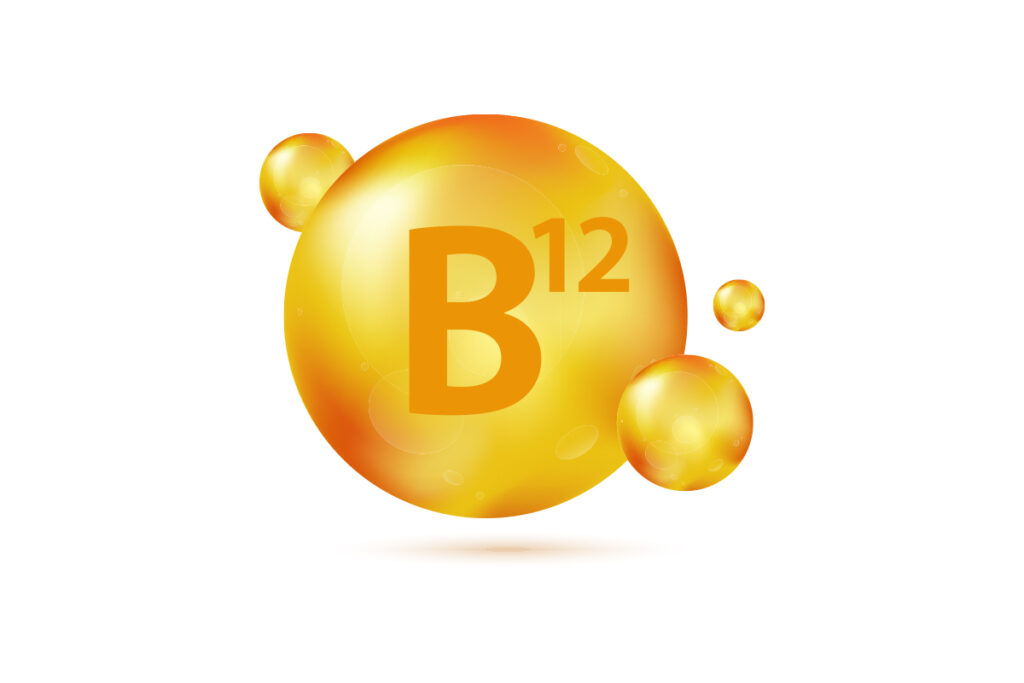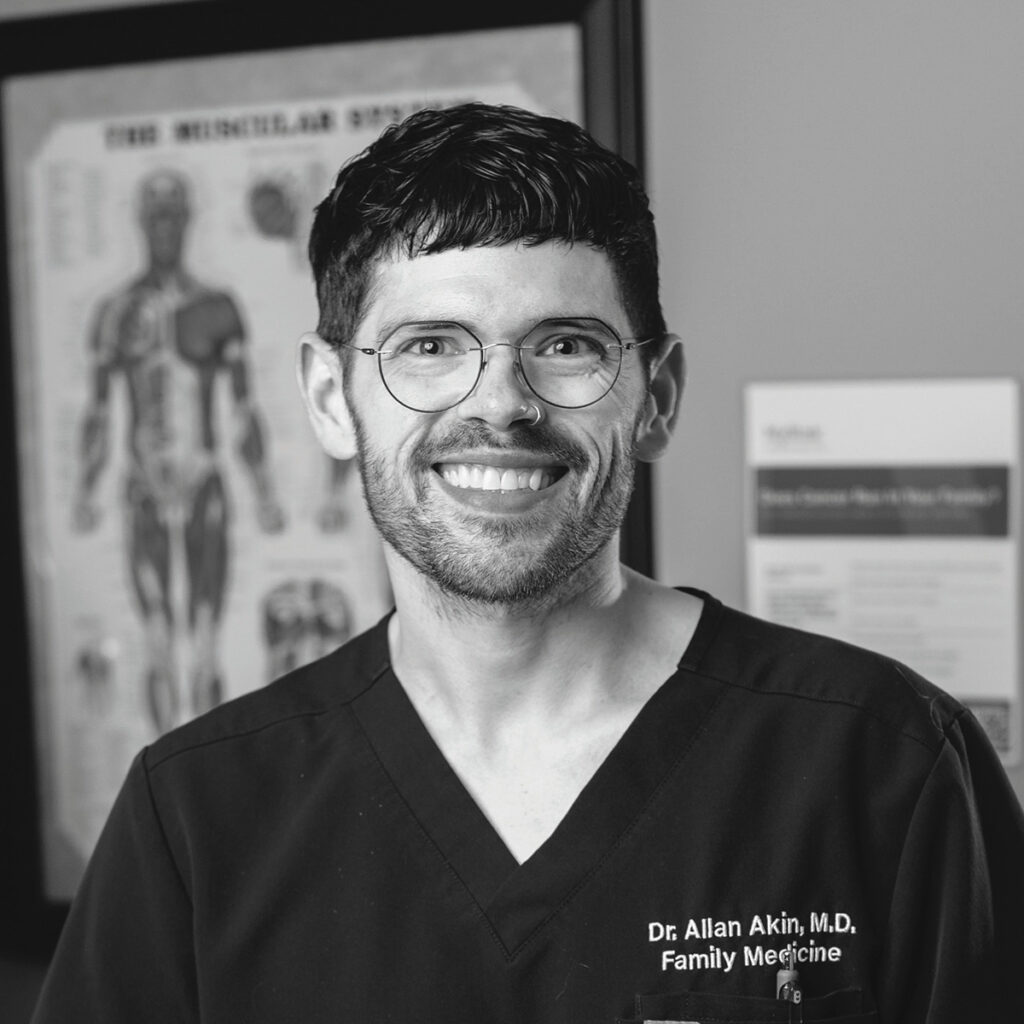Coronary heart disease, leading to heart attack and stroke, claims thousands of lives each year. The culprit, in many cases, is an overabundance of a soft, waxy substance which the body actually needs for building cell membranes and hormones – cholesterol. The most effective modern drug therapy in the fight against high cholesterol is a family of medications called statins.
Lowering the Risk of Heart Attack and Stroke
By Mike Haskew
Essential for healthy living, cholesterol is manufactured by the body itself, while it also comes from the normal intake of food. The liver, in fact, makes about 75 percent of the cholesterol in the body. Dietary consumption accounts for the other 25 percent.
Low-density lipoprotein (LDL) is generally known as the bad cholesterol, while high-density lipoprotein (HDL) is known as the good cholesterol. Triglycerides, a form of fat produced in the body, are also carried in the bloodstream and should be maintained at acceptable levels.
Issues with cholesterol levels are linked directly to an individual’s family history and lifestyle habits. Some people inherit genes which foster the production of too much cholesterol. Eating an unhealthy diet too rich in carbohydrates can also raise cholesterol to unsafe levels.
The recognition of elevated risks for heart attack and stroke associated with high cholesterol is nothing new. According to the American Heart Association, nearly 446,000 people in the United States died of coronary heart disease in 2005, while nearly 1.3 million new heart attack episodes occur each year. About one in every five deaths in the U.S. is related to coronary heart disease. Annually, 700,000 Americans experience a stroke for the first time and strokes account for roughly one in every 15 deaths each year. On average, someone in the United States has a stroke every 45 seconds. Stroke is a contributing factor in about 273,000 deaths per year in the U.S.
Physicians have been prescribing statins to lower blood cholesterol levels for a generation. Statin drugs work by inhibiting the production of a liver enzyme, HMG-CoA reductase, which is a key component of the cholesterol produced in the body. Several statins are available by prescription and are better known by their brand names. These include: Lipitor® (atorvastatin), Lescol ® (fluvastatin), Crestor® (rosuvastatin), Zocor® (simvastatin), Pravachol® (pravastatin), and Mevacor® (lovastatin). Two of these, lovastatin and simvastatin, are also available in generic form.
Dr. Robert Berglund, a cardiologist with the Chattanooga Heart Institute, sees statins as a primary tool in lowering blood cholesterol. “I prescribe them a lot,” says Dr. Berglund. “You can go to medical meetings now and the question is asked, ‘If you are on a statin, raise your hand.’ Lots of hands go up, so the majority of doctors are on them.”
“I can recall statins being used in the 1980s after the substance was found in a fungus,” Dr. Berglund continues. “It was unclear for some time that the hypothesis of reducing cholesterol was true, but it has become clear in large studies. There was a trial that was done in Scandinavia a number of years ago, and that changed everybody’s mind. It showed there were benefits [from statins] to atherosclerosis (chronic inflammation of artery walls) that affected death rates. Since then, other statins have been developed with certain selling points, such as how they are eliminated from the body.”
Dr. Berglund says that the main benefit of statin drug therapy is the reduction of heart attack and stroke risk, particularly through decreasing the production of cholesterol and the reduction of arterial inflammation. “Statins are the choice,” he explains. “They are the drugs that have shown the greatest benefits in preventing strokes and heart attacks. There is also some evidence that statins can actually reverse atherosclerosis in terms of lessening the buildup of plaque on the walls of arteries, particularly carotid arteries, which can be tested noninvasively through ultrasound.”
As statins lower the production of cholesterol, other benefits are increasingly coming to light. In addition to potentially reducing arterial inflammation and plaque deposits, the drugs may also stabilize existing plaque deposits, thereby reducing the risk of blood clot formation. Other possible benefits may include reducing blood pressure, preventing cataracts, improvements in health for diabetics, improved kidney function, the thinning of overly thickened walls in some aortic valves, and reduced onset of Alzheimer’s disease.
“Statins are the gold standard in reducing bad cholesterol,” comments Dr. Michael Geer of the Erlanger Hypertension Management Center. “I am one of those pro-statin individuals, and statins are one of the biggest things we have come up with in the last 30 years for the prevention of cardiovascular disease. A lot of procedures with stents, bypass surgery, and angioplasty have been done, but they don’t make a dent in how well patients can decrease the progress of cardiovascular disease. Statins and high blood pressure medications play major roles in prevention, and statins are truly miracle drugs.”
In determining whether prescribing a statin is the proper course of treatment for patients, physicians evaluate cholesterol and triglyceride levels and consider other factors. These include the general health, age, weight, and blood pressure of the patient, as well as whether the patient smokes or exhibits a generally healthy lifestyle by eating sensibly, managing stress, and getting regular exercise. Family history of cardiovascular disease or high cholesterol is also considered, along with the presence of other diseases such as diabetes or peripheral vascular disease, which may narrow the arteries in the neck, arms, and legs. Depending on the relative cholesterol level, a higher or lower statin dosage may be prescribed.
The presence of high triglycerides or other contributing factors may indicate a promising therapy involving statins in combination with other drugs. Statins are routinely prescribed in medications which contain other agents, such as VYTORIN®, which combines simvastatin with ezetimibe to combat elevated LDL levels, or Caduet®, which combines atorvastatin and amlodipine to battle high blood pressure.
The side effects of statins are generally rare and often subside completely as the body adjusts to the medication. The most common of these side effects are muscle or joint aches, nausea, constipation, diarrhea, and changes in liver function. Generally, an increase in liver enzymes is mild, and physicians monitor these with routine blood tests. However, seriously increased enzyme levels may indicate the need to discontinue statin treatment.
Manageable muscle pain and tenderness may occur with statins, but in rare cases muscle cells may actually degenerate, releasing myoglobin, a protein which can cause damage to the kidneys. Muscle pain and tenderness experienced with statin usage should be evaluated.
“A couple of side effects can be serious, including the destruction of muscle tissue or impaired liver function,” Dr. Berglund says. “These situations are rare, and when the statin is stopped, the problem usually goes away.”
Dr. Geer believes the benefits of statins far exceed any risks from side effects. “For example, the potential for liver disease is overplayed,” he says. “The incidence is like one in a million patients developing liver failure, but you can get enzyme abnormalities. The FDA (Food and Drug Administration) makes statin producers put a warning on their product stating that if enzyme levels increase threefold, the statin should probably be stopped. Some disagree and believe that stopping could do more harm than good. Liver enzyme elevation doesn’t necessarily mean liver damage.”
Patients who begin treatment with statin drugs to control high cholesterol should expect to remain on the drug indefinitely due to the fact that discontinuation could result in cholesterol levels climbing once again. “The problem is not really in treating something that goes away like an infection,” says Dr. Berglund. “It is in the way your body metabolizes cholesterol, and if you start with statins, you will likely continue.”
Of course, positive lifestyle changes may improve cholesterol levels without medication. Exercise, proper diet, weight loss, stress management, moderation of alcohol consumption, and generally healthy living may reduce the need for statin therapy or eliminate it altogether. For many individuals, however, statins offer the best available prevention of coronary heart disease.
Mike Haskew is a graduate of the University of Tennessee at Chattanooga and holds a degree in history. He is a native Chattanoogan and is currently Executive Vice President and Chattanooga City President for Cohutta Banking Company.
5 Signs You Have a Vitamin B12 Deficiency




